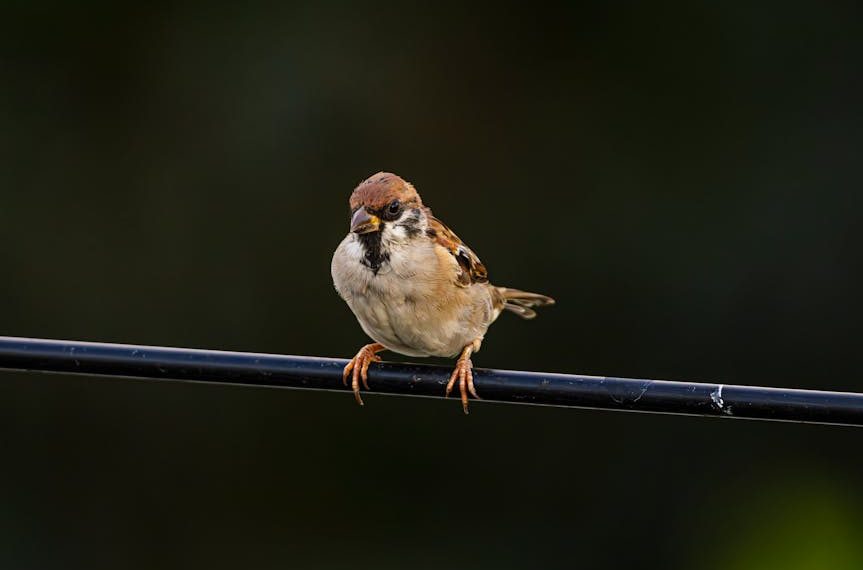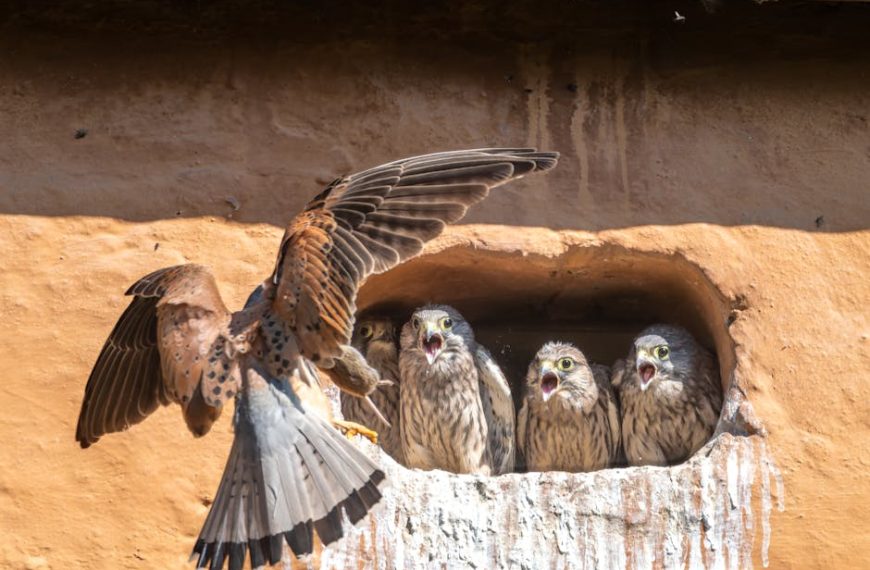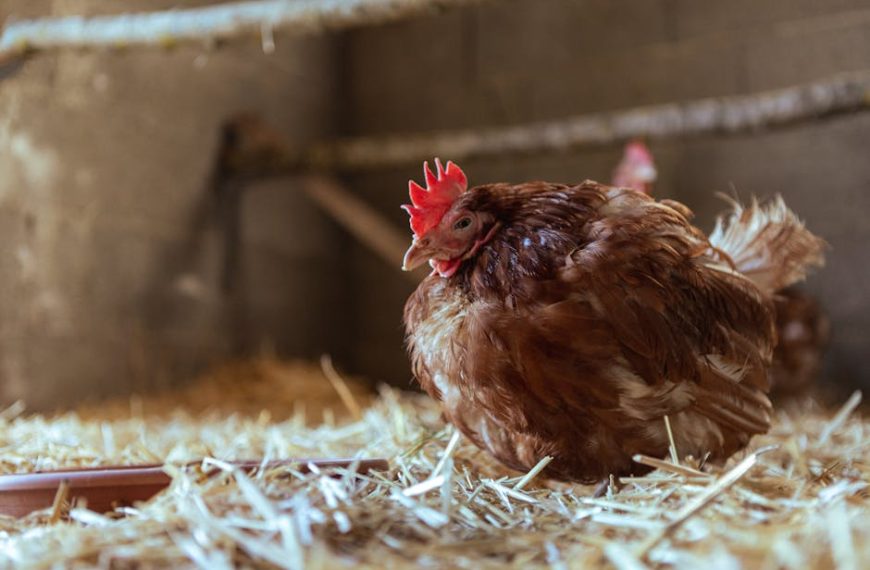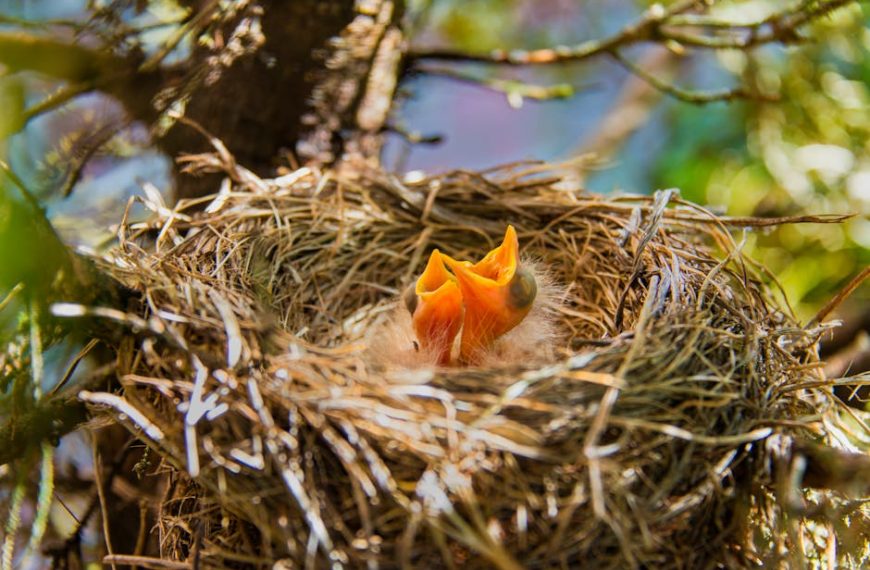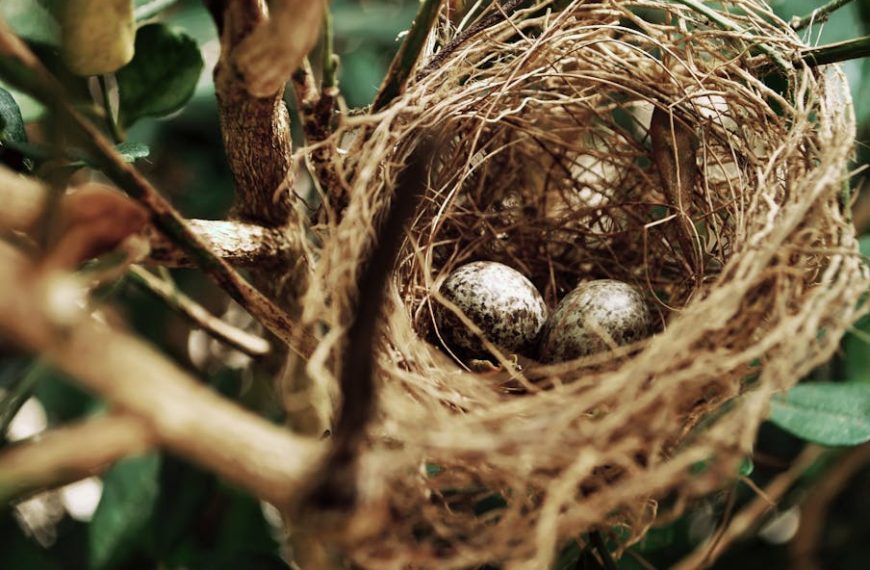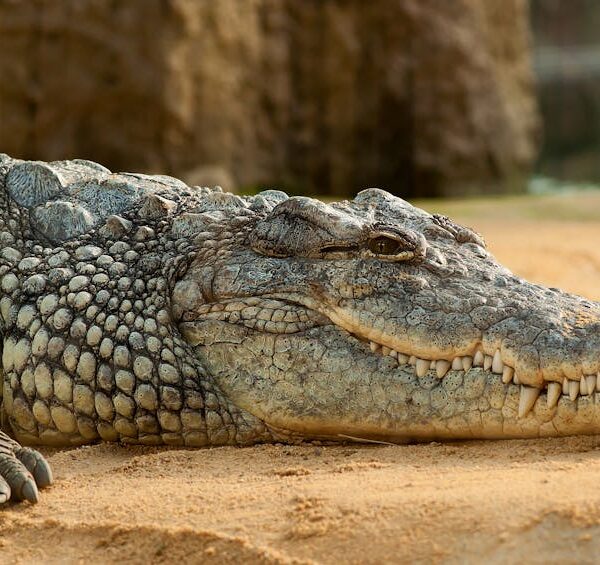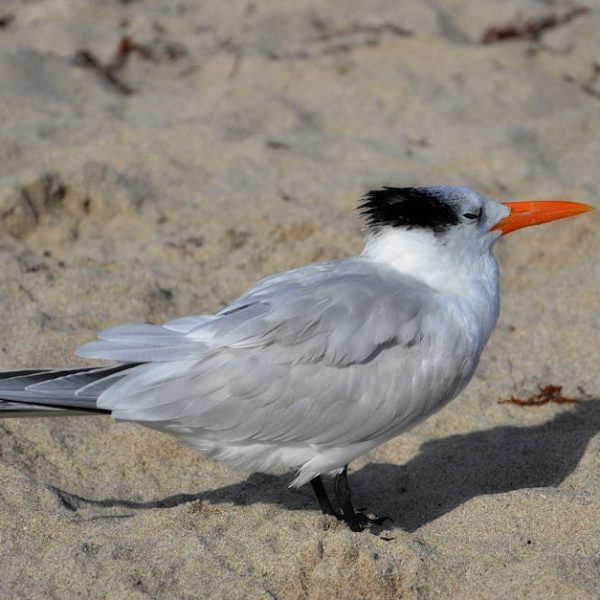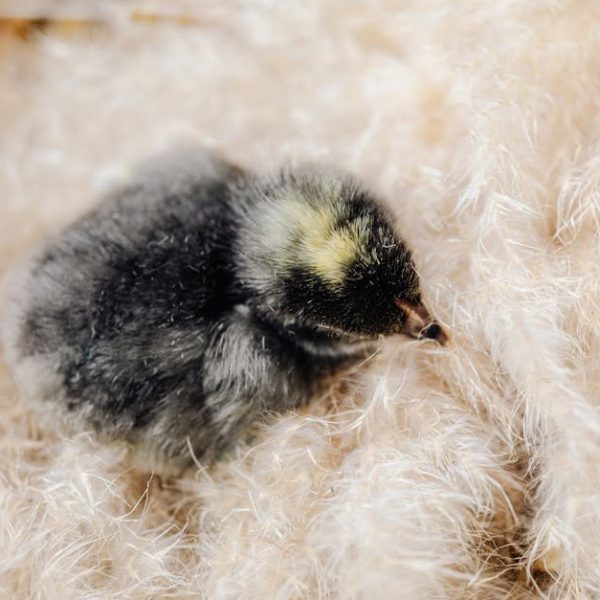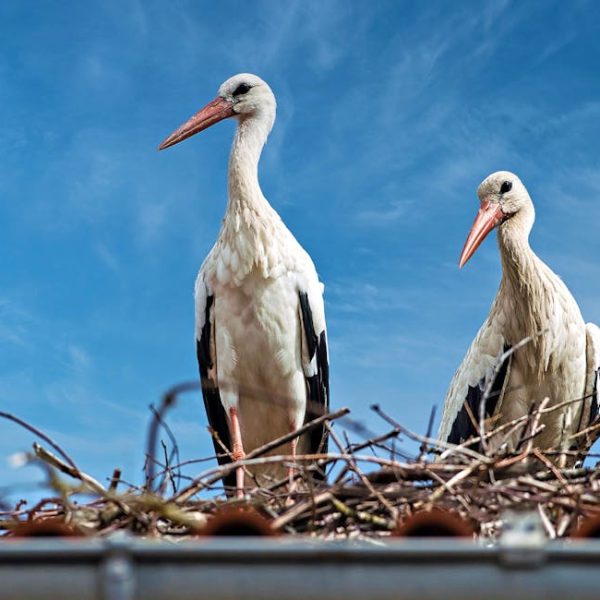The rhythmic changing of the seasons dictates the ebb and flow of life, causing a multitude of environmentally dependent processes. Among these, the enchanting spectacle of birds laying their eggs is one swayed significantly by the rhythms of Mother Nature’s calendar. However, beyond the romantic perspective of such a vivid natural display, the question arises: when exactly do birds lay eggs? And why at that specific time?
Seasonal Patterns of Bird Egg-Laying
Birds, like many animals, are creatures of routine and rhythm. Against the backdrop of shifting ecological conditions, they carefully time their reproductive cycles to capitalize on the safest and most resource-abundant seasons – typically spring. With the lengthening of days and the warming of the climate, food becomes plentiful and survival conditions improve – the ideal scenario for nurturing new life.
- American Robins predominantly lay eggs in spring and early summer.
- Bald Eagles start their nesting season in the winter.
- Anna’s Hummingbirds are known to lay eggs as early as December in mild climates.
Factors Influencing Bird Egg-Laying
The egg-laying process doesn’t solely rely on seasons but also considers other circumstantial influences. Abundance of food resources, favorable environmental conditions, and the overall health of the bird – all play a critical role.
Birdwatching Best Practices: Here’s how you can predict egg-laying times:
- Pay attention to increased foraging, which means a bird might be building up energy reserves for egg-laying.
- Spot nest-building, which is a solid hint that egg-laying is imminent.
Spring Season and Bird Egg-Laying
Away from the bitter winds of winter and the scorching heat of summer, spring provides the idyllic setting for egg-laying. Longer daylight hours present more opportunities to forage and nurture hatchlings, while the warmer temperatures create a hospitable atmosphere for new lives to embark their journey.
There are, however, pros and cons to this choice. While the availability of food and safety increase the survival chances of chicks, they also mean more competition.
| Bird Species | Survival Rate |
|---|---|
| Robin | 60% |
| Sparrow | 55% |
| Blue Tit | 50% |
Impact of Climate Change on Bird Egg-Laying
Climate change poses surprising effects on seasonal patterns. As temperatures rise, studies indicate that some birds lay eggs earlier than usual. While advancing egg-laying can present advantages like early access to food resources, it could also lead to mismatches between the chicks’ birth time and the peak food resources availability, impacting survival rates.
- Great Tits have been found to advance their egg-laying by two weeks in some regions.
- Pied Flycatchers are laying their eggs significantly earlier than they did 20 years ago.
- The Common Murre has been adjusting its egg-laying schedule to earlier in the year, with varying success rates.
Protect the avian world: Here are some actions you can take to assist local bird populations in adapting to changing conditions:
- Provide supplemental food in your backyard, especially in early spring when natural food resources might not have peaked yet.
- Provide nesting materials.
- Keep your pets indoors during main hatching seasons.
Respecting Boundaries During Bird Egg-Laying Season
Come egg-laying season, birds become deeply territorial, and it’s important to respect these boundaries. Disturbing a nesting site can cause birds to abandon their eggs or young ones who depend on their parents for survival.
Observe without disturbing: Watch from a distance, use binoculars, and avoid flash photography to observe without causing harm.
- The bird exhibits alarm calls or displays.
- A parent bird is absent from the nest for an extended duration.
- Young birds appear anxious or distressed.
- The bird pretends to be injured (‘broken-wing’ act) to lure you away from their nest.
Understanding seasonal patterns in bird egg-laying offers insights into the rhythm of natural life and the profound effects of environmental changes thereon. Armed with this knowledge, we can pay homage to these fascinating creatures’ deep connection with the seasons and lend a hand in their struggle against climate change. Together, we can ensure the continuance of the song of life that resonates in the enchanting spectacle of birds laying eggs.
Key Takeaway:
- Birds typically lay their eggs during the spring season due to environmental factors like warmer temperatures and increased daylight hours leading to more abundant food resources.
- Factors that influence when birds lay eggs include the availability of food, the bird’s health and favourable environmental conditions.
- Climate change has started to affect the egg-laying patterns of some bird species, causing them to lay their eggs earlier than usual which could potentially impact survival rates.
- During the egg-laying season, birds tend to be more territorial, and it’s essential for birdwatchers and nature enthusiasts to respect these behavioral changes to ensure bird welfare.
The fascinating world of bird egg-laying is a beautiful example of how intricately creatures are connected to their environment and the changing seasons. It also nudges us to ponder upon the ripple effect of our actions, as seen in climate change’s impact on these natural cycles. However, armed with understanding and appreciation, we can take steps to mitigate these effects, ensuring these melodic rhythms of nature continue for generations to come.
FAQs
Q: Why do some birds lay eggs outside the normal spring season?
A: Some birds, especially those in tropical regions, may lay eggs year-round due to constant availability of food and warmth. Also, factors like bird species diversity and geographical location can introduce exceptions to typical egg-laying patterns.
Q: What can I do to help birds during their egg-laying season?
A: You can assist by providing them with supplemental food, particularly in the early spring when natural food resources might not be plentiful. Offering nesting materials and keeping your pets indoors during main hatching seasons can also be beneficial.
Q: How can I predict when a bird is about to lay eggs?
A: Bird behaviours such as increased foraging and nest-building are solid hints that egg-laying is imminent. As part of your birdwatching practices, keeping an eye out for these changes can help you anticipate the egg-laying time.
Q: Are there any clear signs that I am disturbing a bird’s territory or nesting site?
A: Yes, signs include the bird exhibiting alarm calls or displays, a parent bird being absent from the nest for a long time, young birds appearing anxious, or if a bird pretends to be injured to lure you away from their nest.
Q: How is climate change influencing bird egg-laying patterns?
A: Rising temperatures have caused some bird species to lay eggs earlier than usual. While this can allow for early access to food resources, it could also result in a mismatch between the chicks’ birth time and peak food resource availability, thus potentially impacting survival rates.
Remember to share this article with your fellow nature lovers and explore more fascinating posts on our website!


